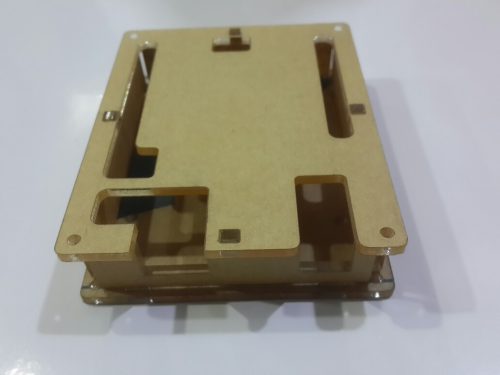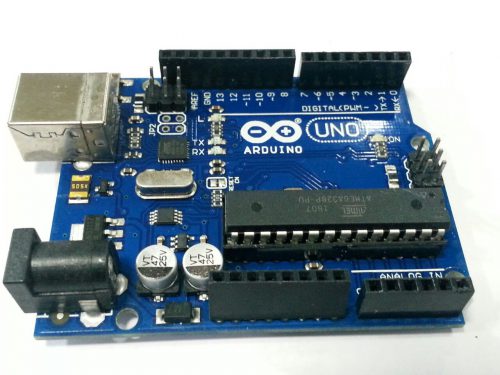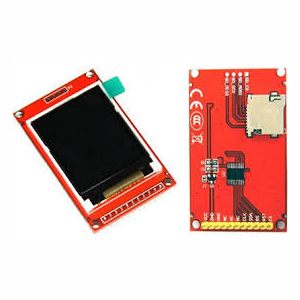-
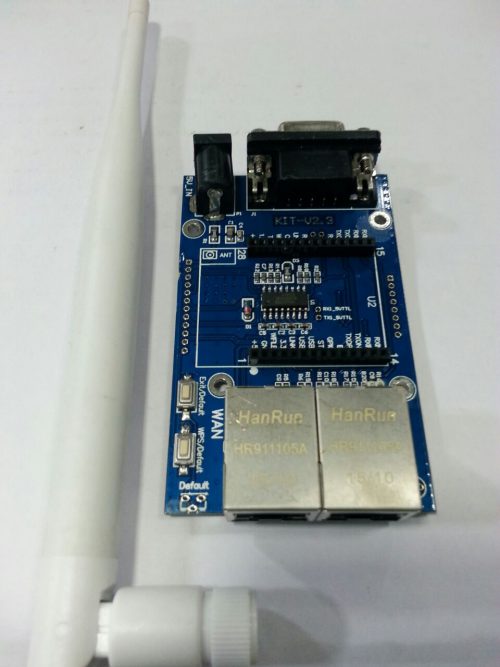 HLK-RM04 is a new embedded UART-ETH-WIFI module (serial port - Ethernet -Wireless network). This product is an embedded module based on the universal serial interface network standard, built-in TCP / IP protocol stack, enabling the user serial port, Ethernet, wireless network (wifi) interface between the conversions. Through the HLK-RM04 module, the traditional serial devices do not need to change any configuration; data can be transmitted through the Internet network. Provide a quick solution for the user’s serial devices to transfer data via Ethernet.
HLK-RM04 is a new embedded UART-ETH-WIFI module (serial port - Ethernet -Wireless network). This product is an embedded module based on the universal serial interface network standard, built-in TCP / IP protocol stack, enabling the user serial port, Ethernet, wireless network (wifi) interface between the conversions. Through the HLK-RM04 module, the traditional serial devices do not need to change any configuration; data can be transmitted through the Internet network. Provide a quick solution for the user’s serial devices to transfer data via Ethernet. -
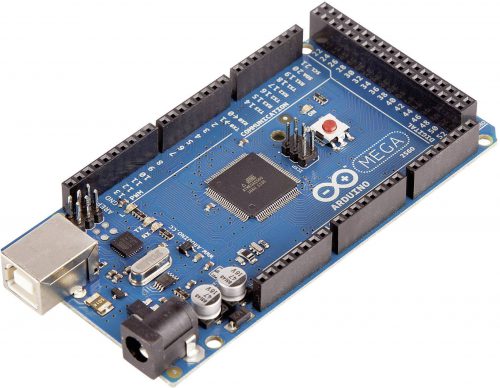 The Mega 2560 is a microcontroller board based on the ATmega 2560. It has 54 digital input/output pins (of which 15 can be used as PWM outputs), 16 analog inputs, 4 UARTs (hardware serial ports), a 16 MHz crystal oscillator, a USB connection, a power jack, an ICSP header, and a reset button. It contains everything needed to support the microcontroller; simply connect it to a computer with a USB cable or power it with a AC-to-DC adapter or battery to get started. The Mega 2560 board is compatible with most shields designed for the Uno and the former boards.
The Mega 2560 is a microcontroller board based on the ATmega 2560. It has 54 digital input/output pins (of which 15 can be used as PWM outputs), 16 analog inputs, 4 UARTs (hardware serial ports), a 16 MHz crystal oscillator, a USB connection, a power jack, an ICSP header, and a reset button. It contains everything needed to support the microcontroller; simply connect it to a computer with a USB cable or power it with a AC-to-DC adapter or battery to get started. The Mega 2560 board is compatible with most shields designed for the Uno and the former boards. -
 A wireless radio frequency (RF) transmitter and receiver can be easily made using HT12D Decoder, HT12E Encoder and ASK RF Module. Wireless transmission can be done by using 433Mhz or 315MHz ASK RF Transmitter and Receiver modules. In these modules digital data is represented by different amplitudes of the carrier wave, hence this modulation is known as Amplitude Shift Keying (ASK). Radio Frequency (RF) transmission is more strong and reliable than Infrared (IR) transmission due to following reasons : Radio Frequency signals can travel longer distances than Infrared. Only line of sight communication is possible through Infrared while radio frequency signals can be transmitted even when there is obstacles. Infrared signals will get interfeared by other IR sources but signals on one frequency band in RF will not interfeared by other frequency RF signals.
A wireless radio frequency (RF) transmitter and receiver can be easily made using HT12D Decoder, HT12E Encoder and ASK RF Module. Wireless transmission can be done by using 433Mhz or 315MHz ASK RF Transmitter and Receiver modules. In these modules digital data is represented by different amplitudes of the carrier wave, hence this modulation is known as Amplitude Shift Keying (ASK). Radio Frequency (RF) transmission is more strong and reliable than Infrared (IR) transmission due to following reasons : Radio Frequency signals can travel longer distances than Infrared. Only line of sight communication is possible through Infrared while radio frequency signals can be transmitted even when there is obstacles. Infrared signals will get interfeared by other IR sources but signals on one frequency band in RF will not interfeared by other frequency RF signals. -
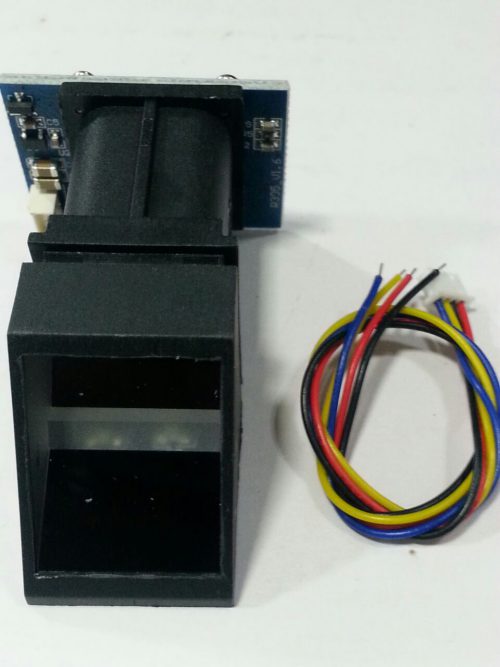 This is an optical bio-metric fingerprint reader/sensor (R305) module with TTL UART interface for direct connections to a microcontroller UART. The user can store the finger print data in the module and can configure it in 1:1 or 1: N mode for identifying the person. This module can directly interface with any 3.3V or 5V microcontrollers, but a suitable level converter/serial adapter is required for interfacing with the serial port of a PC.
This is an optical bio-metric fingerprint reader/sensor (R305) module with TTL UART interface for direct connections to a microcontroller UART. The user can store the finger print data in the module and can configure it in 1:1 or 1: N mode for identifying the person. This module can directly interface with any 3.3V or 5V microcontrollers, but a suitable level converter/serial adapter is required for interfacing with the serial port of a PC. -
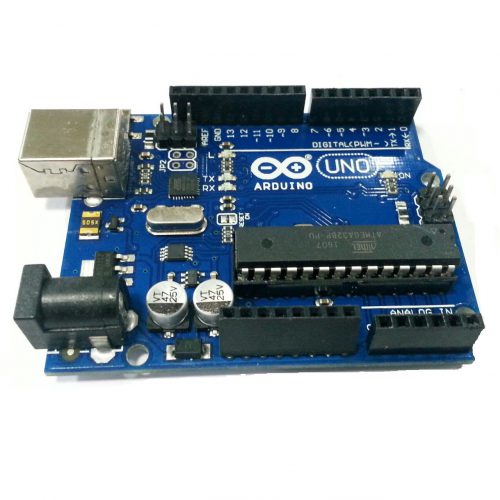 he Arduino Uno is a microcontroller board based on the ATmega328. It has 14 digital input/output pins (of which 6 can be used as PWM outputs), 6 analog inputs, a 16 MHz ceramic resonator, a USB connection, a power jack, an ICSP header, and a reset button. It contains everything needed to support the microcontroller; simply connect it to a computer with a USB cable or power it with a AC-to-DC adapter or battery to get started. The Uno differs from all preceding boards in that it does not use the FTDI USB-to-serial driver chip. Instead, it features the Atmega16U2 (Atmega8U2 up to version R2) programmed as a USB-to-serial converter. Revision 2 of the Uno board has a resistor pulling the 8U2 HWB line to ground, making it easier to put into DFU mode.
he Arduino Uno is a microcontroller board based on the ATmega328. It has 14 digital input/output pins (of which 6 can be used as PWM outputs), 6 analog inputs, a 16 MHz ceramic resonator, a USB connection, a power jack, an ICSP header, and a reset button. It contains everything needed to support the microcontroller; simply connect it to a computer with a USB cable or power it with a AC-to-DC adapter or battery to get started. The Uno differs from all preceding boards in that it does not use the FTDI USB-to-serial driver chip. Instead, it features the Atmega16U2 (Atmega8U2 up to version R2) programmed as a USB-to-serial converter. Revision 2 of the Uno board has a resistor pulling the 8U2 HWB line to ground, making it easier to put into DFU mode. -
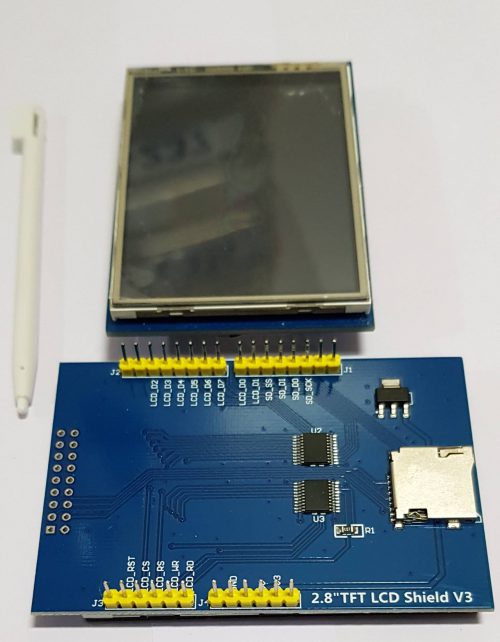 Thin-Film Transistor Liquid Crystal Display known as TFT LCD is a display screen made with TFT technology that is,it has a transistor on each pixel of LCD that actively controls the elements of individual pixels.For this reason,it is also known as active matrix display.TFT is an enhanced technology comes from the family of LCD which offers well improved image quality and also consumes less power than CRT displays.TFT LCD's are commonly used in consumer appliances such as televisions,computer monitors,mobile phones,mp3 players,projectors.
Thin-Film Transistor Liquid Crystal Display known as TFT LCD is a display screen made with TFT technology that is,it has a transistor on each pixel of LCD that actively controls the elements of individual pixels.For this reason,it is also known as active matrix display.TFT is an enhanced technology comes from the family of LCD which offers well improved image quality and also consumes less power than CRT displays.TFT LCD's are commonly used in consumer appliances such as televisions,computer monitors,mobile phones,mp3 players,projectors. -
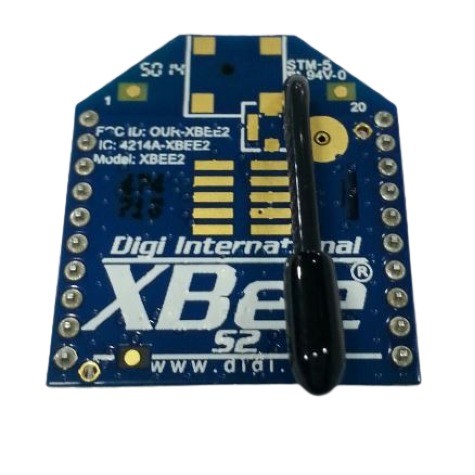 This is the XBee XB24-Z7WIT-004 module from Digi. Series 2 improves on the power output and data protocol. Series 2 modules allow you to create complex mesh networks based on the XBee ZB ZigBee mesh firmware. These modules allow a very reliable and simple communication between microcontrollers, computers, systems, really anything with a serial port! Point to point and multi-point networks are supported. These are essentially the same hardware as the older Series 2.5, but have updated firmware. They will work with Series 2.5 modules if you update the firmware through X-CTU.
This is the XBee XB24-Z7WIT-004 module from Digi. Series 2 improves on the power output and data protocol. Series 2 modules allow you to create complex mesh networks based on the XBee ZB ZigBee mesh firmware. These modules allow a very reliable and simple communication between microcontrollers, computers, systems, really anything with a serial port! Point to point and multi-point networks are supported. These are essentially the same hardware as the older Series 2.5, but have updated firmware. They will work with Series 2.5 modules if you update the firmware through X-CTU.

